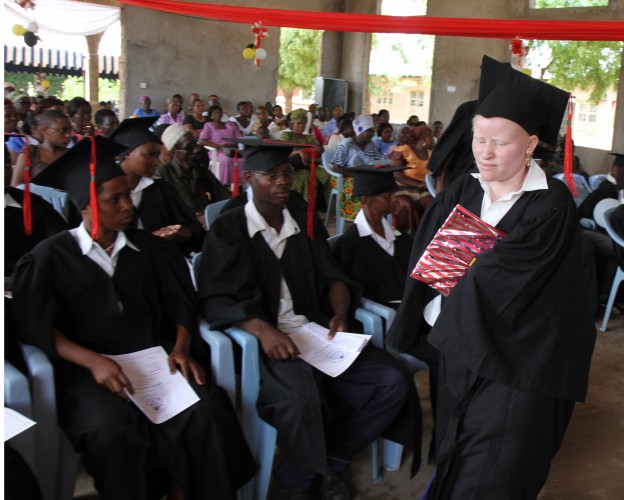I first met Asrafil in March of 2012 on my first trip to Kabanga. Gangly with a friendly smile, we made an easy connection. At first, I thought his name was Rafiki, which means “friend” in Swahili. I am not sure if it was a miscommunication or simply an expression of his nature.
Asrafil told me that he was 18 and just finishing up primary school, and that he wanted to be an engineer or architect someday. I asked him if he was going to go to secondary school, and he said he had no idea. He wasn’t sure if his grades would be good enough to get in, and he had no idea how he would pay for it anyway. He had been living at the Kabanga Protectorate Center for a couple of years, and was ready to move on, but had no plans.
When our team arrived in July, he was still there, and still friendly. He helped us paint blackboards, hang artwork, and work with the little kids. As with so many of the other kids at Kabanga, I didn’t know how to say goodbye to him. I’ve thought about him over the last year, and was hoping to get an update on how he was doing.
I am so happy to report that he is one of the highest performing students at Bishop Mpango Secondary School, and was just elected Chairperson of the newly-formed Kibondo Tanzania Albino Society! Asrafil was brought back to Kibondo because his family was there, and he found a spot at Bishop Mpango. His studies are going very well, and he is a leader in his community, and an excellent role model.
One of our goals for the AM 2013 trip was to start new TAS chapters in rural outposts, and the people with albinism in Kibondo elected Asrafil to represent them. Our team provided the newest TAS Chairperson with a cell phone and a resource book full of educational information in English and Swahili, and organized a planning meeting to outline some ideas for the next year.
Asrafil is doing an amazing job, and we hope he continues to be an inspiration to those around him. Now, in a shameless plea for help, we are looking for people to help us sponsor his education through to completion. We don’t want Asrafil and his family to stress about whether or not they can provide tuition money, or if the school is going to just float him. We want him to know that as long as he is doing well in school, we will provide for his tuition and fees. Tuition and fees at Bishop Mpango total $500 a year, which is less that $10 a week. If you would like to help us provide for Asrafil’s education, please visit our website, or email me at Susan@Asante-Mariamu.org. Asante sana!

